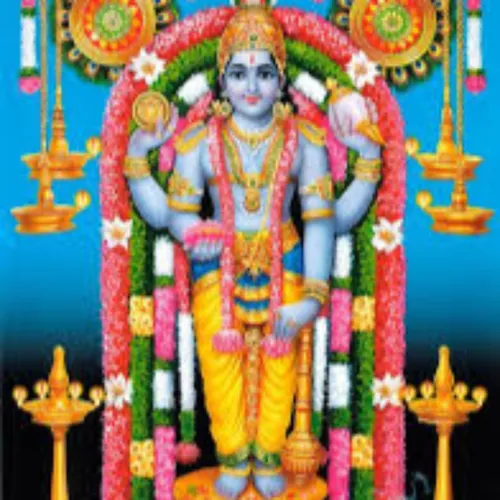
Srimad Narayaneeyam
Narayaneeyam is a celebrated Sanskrit devotional hymn composed by Melpathur Narayana Bhattathiri in 1586 AD. It condenses the 18,000 verses of the Bhagavata Purana into 1,036 verses, praising Lord Narayana (Vishnu) and his avatars. Bhattathiri wrote it while suffering from severe rheumatism, after praying to transfer the illness from his guru to himself. Composing Narayaneeyam at the Guruvayur temple, he chanted one chapter daily, seeking divine healing. On completing the hundredth chapter, he is said to have been cured by Lord Krishna’s grace.
- Update frequency
- every day
- Average duration
- 9 minutes
- Episodes
- 103
- Years Active
- 2025
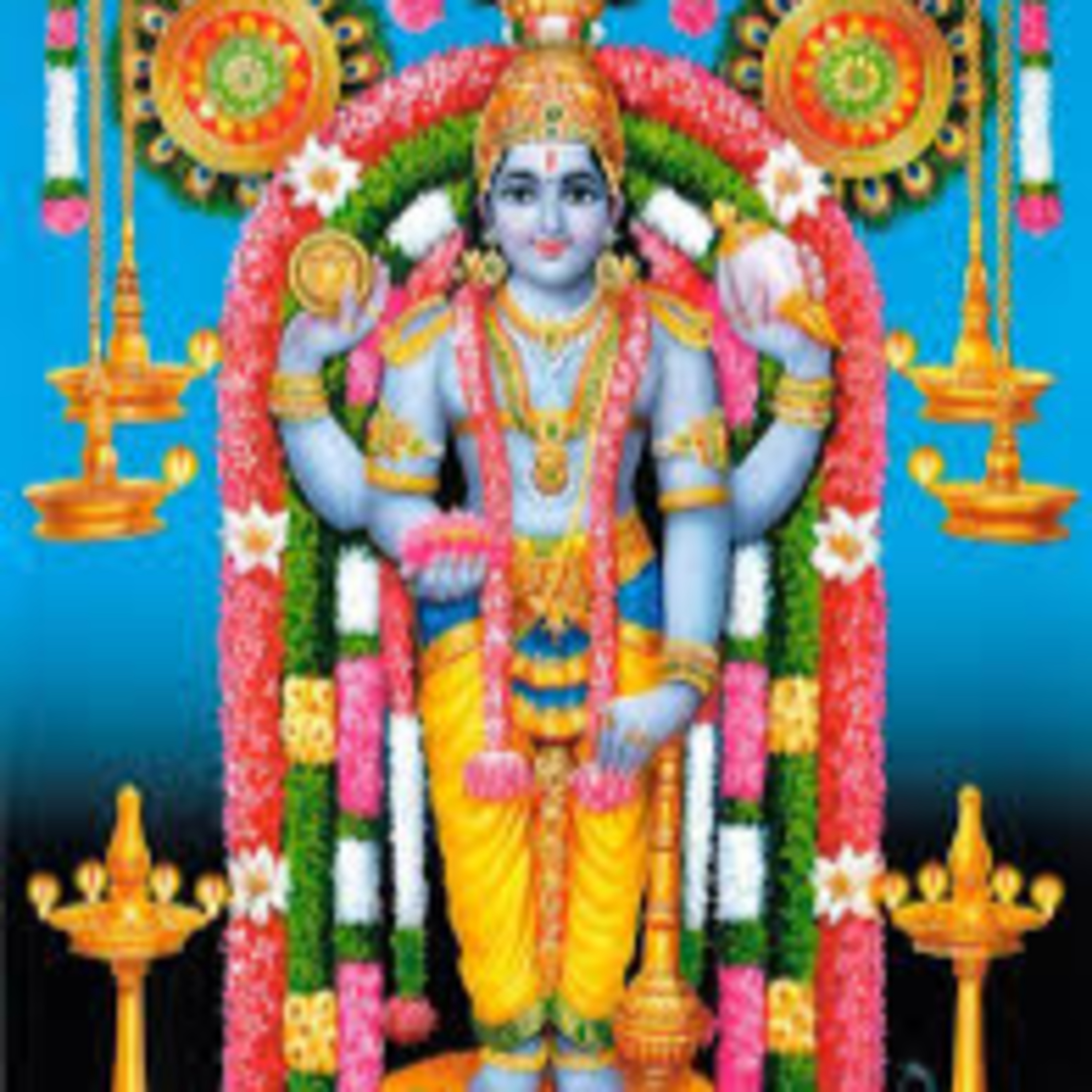
Dashakam 100 Description of the Lord from Tip to Toe
Dashakam 100 of Narayaneeyam is the grand culmination of the entire work, offering a vivid, detailed, and sublime description of Lord Narayana from head to foot. This concluding Dasakam captures the …

Dashakam 099 The Prayer of the Vedas
Dashakam 99 of Narayaneeyam is a powerful hymn in praise of the Lord's glory, incorporating the mantras of the Rig Veda. It extols the supreme energy, majesty, and omnipresence of Lord Vishnu as the …
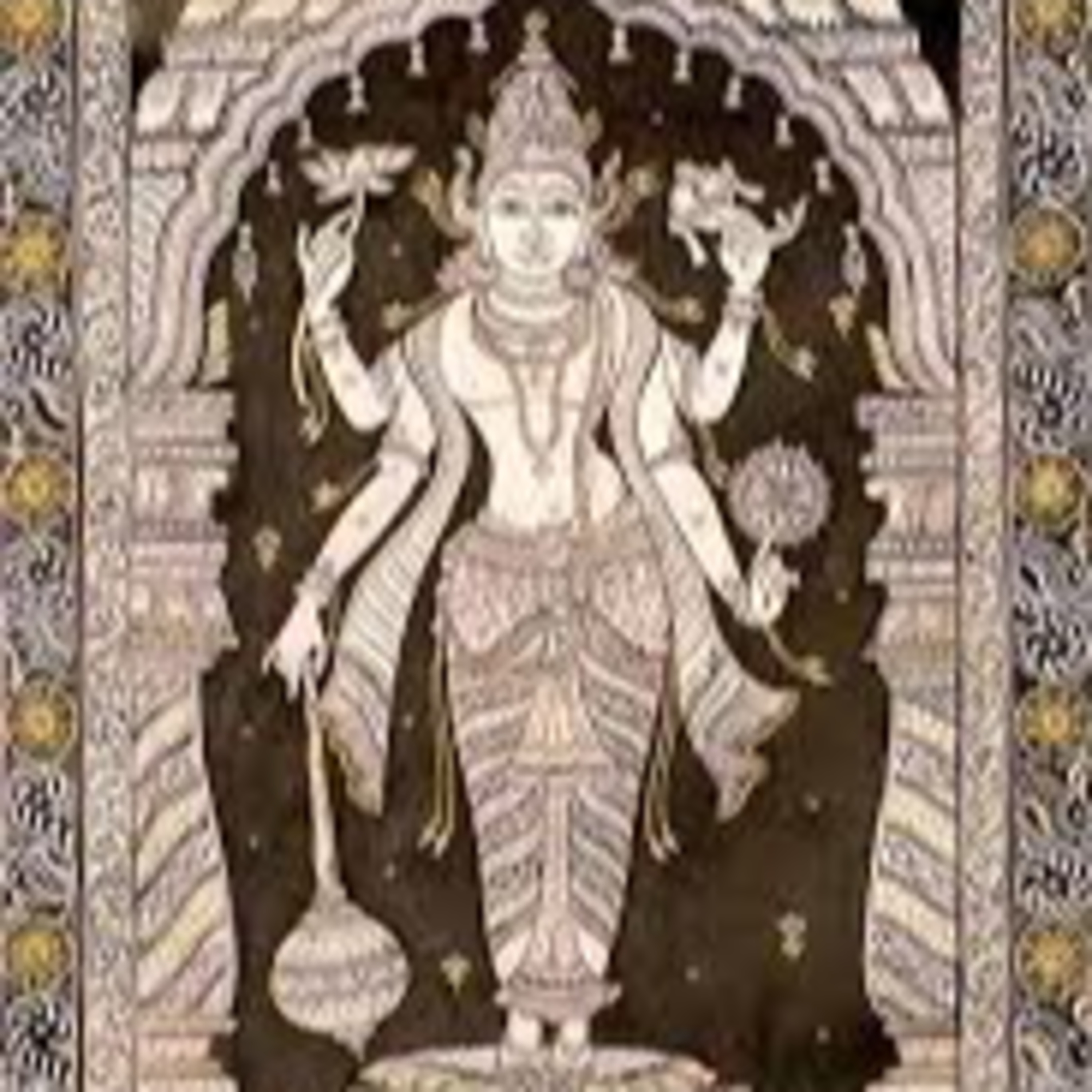
Dashakam 098 Meditating on the Brhman
Dashakam 98 of Narayaneeyam is titled "Nishkala Brahma," which means the attribute-less, formless Supreme Brahman. This Dasakam focuses on meditating upon the Supreme Being who is the substratum of t…
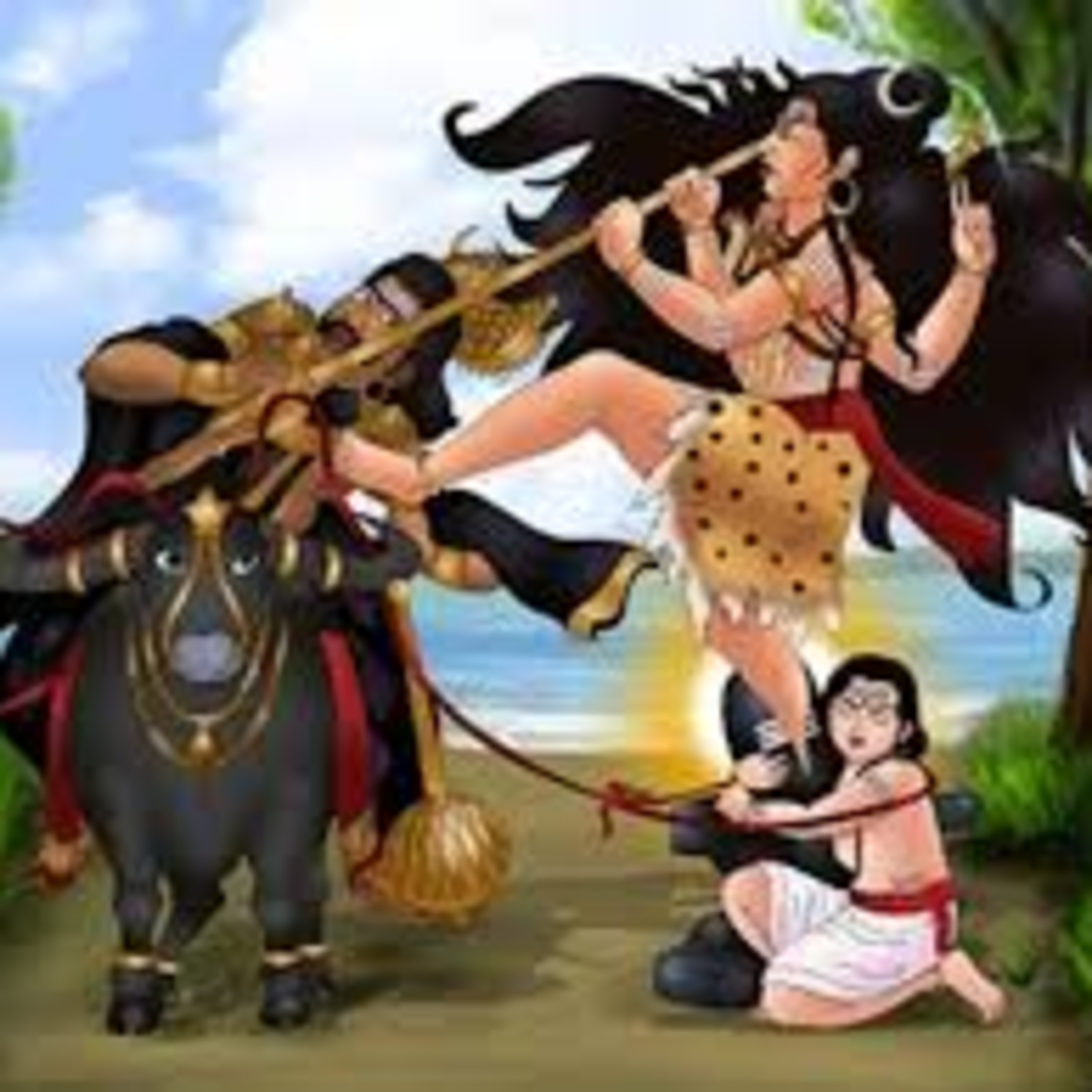
Dashakam 097 Story of Markandeya
The story of Markandeya as presented in Narayaneeyam, particularly in Dasakam 97, highlights the supreme devotion of the sage Markandeya and his intimate relationship with Lord Narayana. Markandeya w…
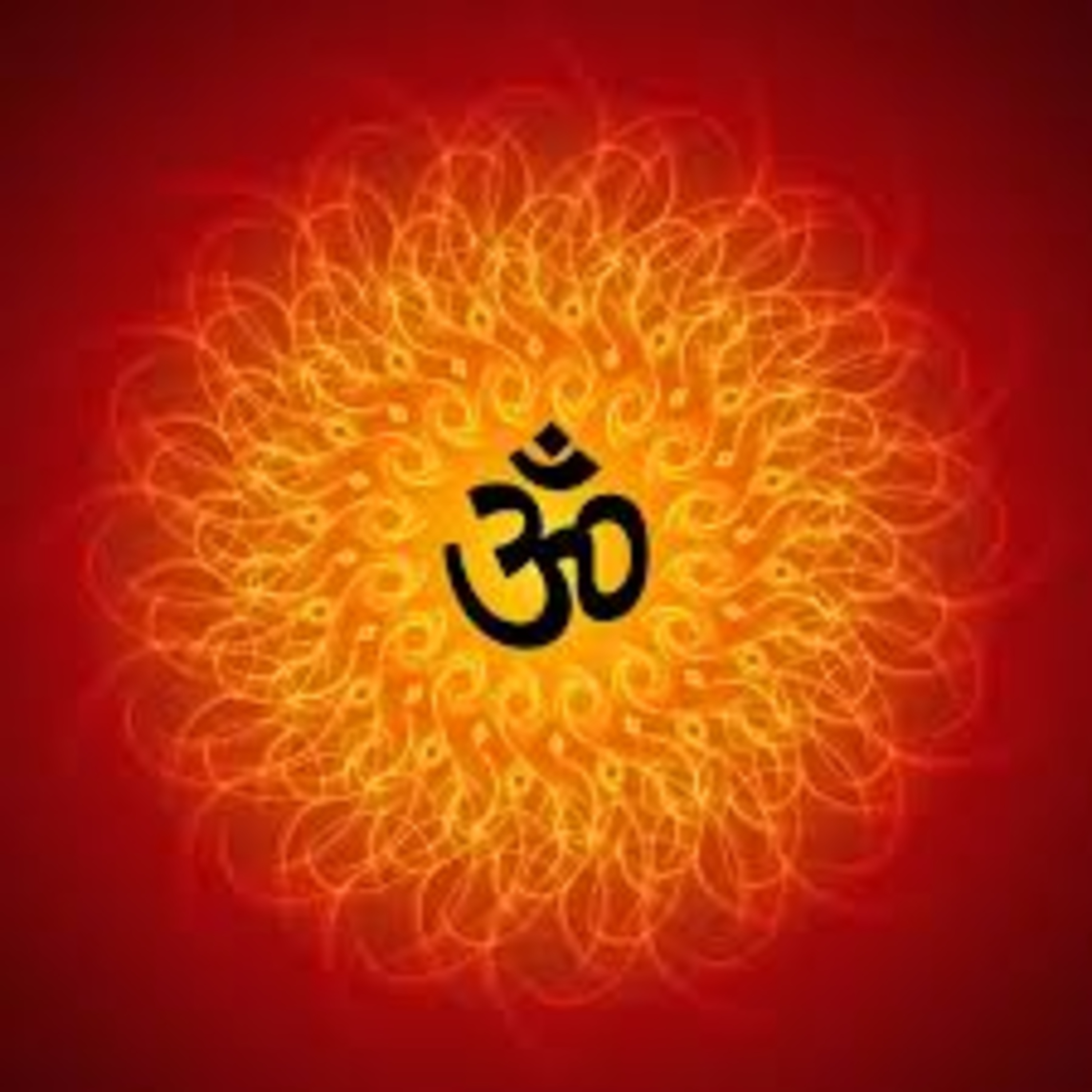
Dashakam 096 Gnana, Bakthi & Karma
Dashakam 96 of Narayaneeyam highlights the integration and importance of the three classical paths to the divine: Gnana (knowledge), Bhakti (devotion), and Karma (action). It explains that these thre…

Dashakam 095 Method of Meditation
Dashakam 95 of Narayaneeyam focuses on the method and significance of meditation (Dhyana Yoga) on the Lord. It begins by describing the Lord as the origin of the universe, initially manifesting in th…

Dashakam 094 Generation of Wisdom of Philosophy
The "Generation of Wisdom" in Narayaneeyam is beautifully explained in Dasakam 94. This chapter describes how a wise person attains philosophical wisdom through the grace of a great Guru and by perfo…
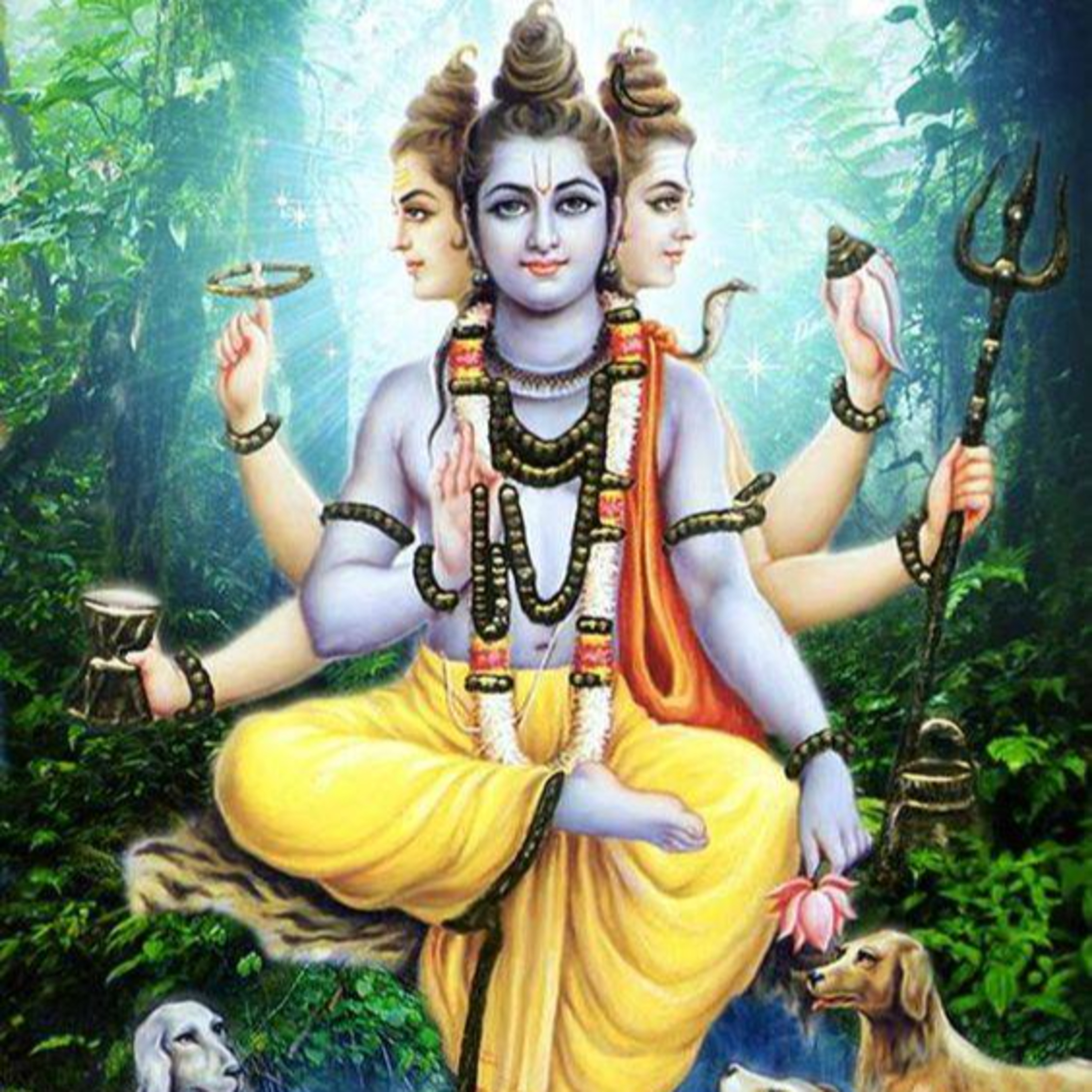
Dashakam 093 Twentyfour Gurus
Dashakam 93 of Narayaneeyam is significant as it presents the concept of the "24 Gurus" (twenty-four teachers) through whom the humble devotee learns valuable spiritual lessons. This Dasakam emphasiz…
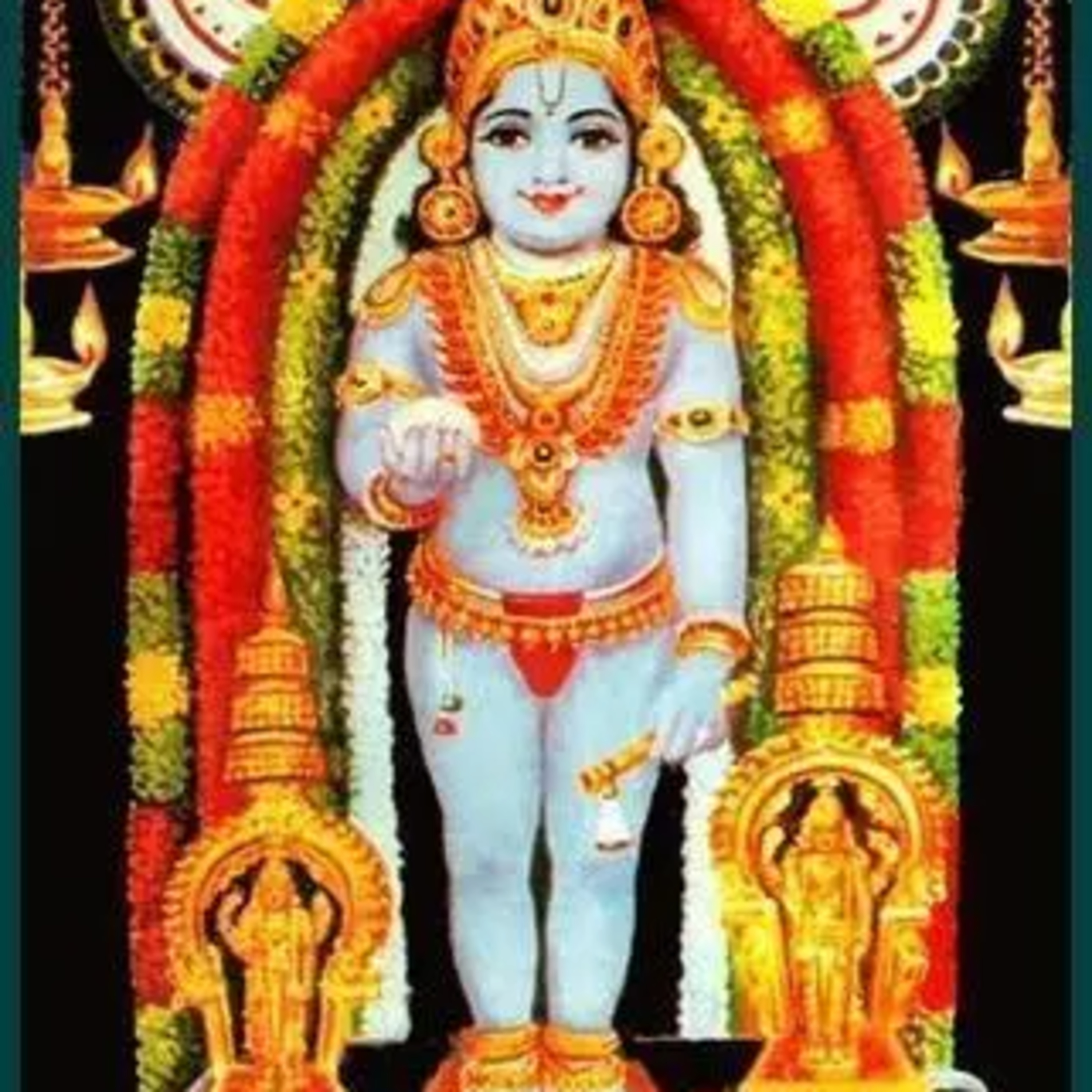
Dashakam 092 Devotion Mixed with Action
Dasakam 92 of Narayaneeyam highlights the integration of devotion (bhakti) with action (karma). It teaches that all prescribed actions and rituals mentioned in the Vedas should be performed with a mi…
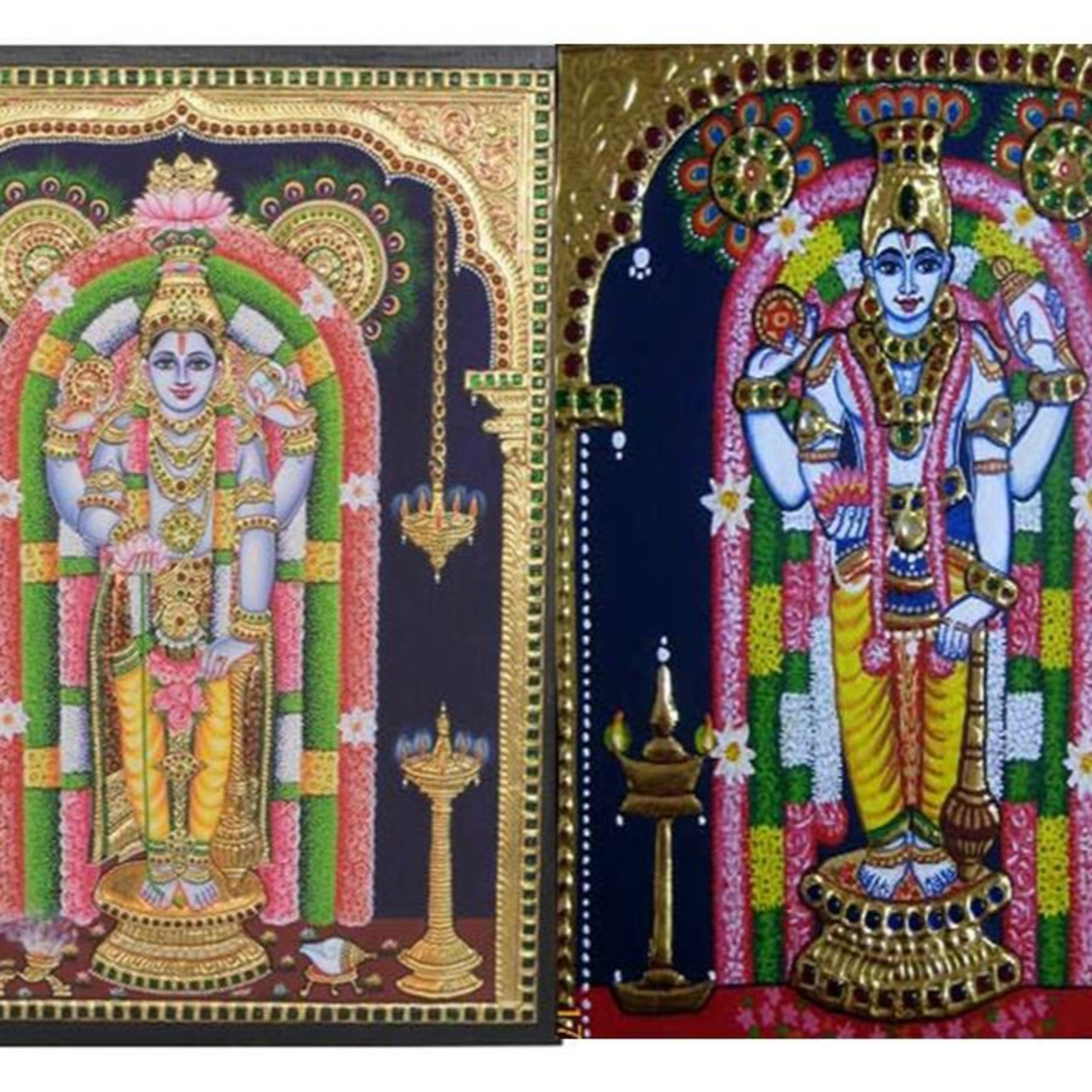
Dashakam 091 Greatness of Devotion to God
Dashakam 91 of Narayaneeyam emphasizes the greatness and supremacy of devotion (bhakti) to God as the ultimate and surest method to attain Him and realize liberation (moksha). It teaches that surrend…
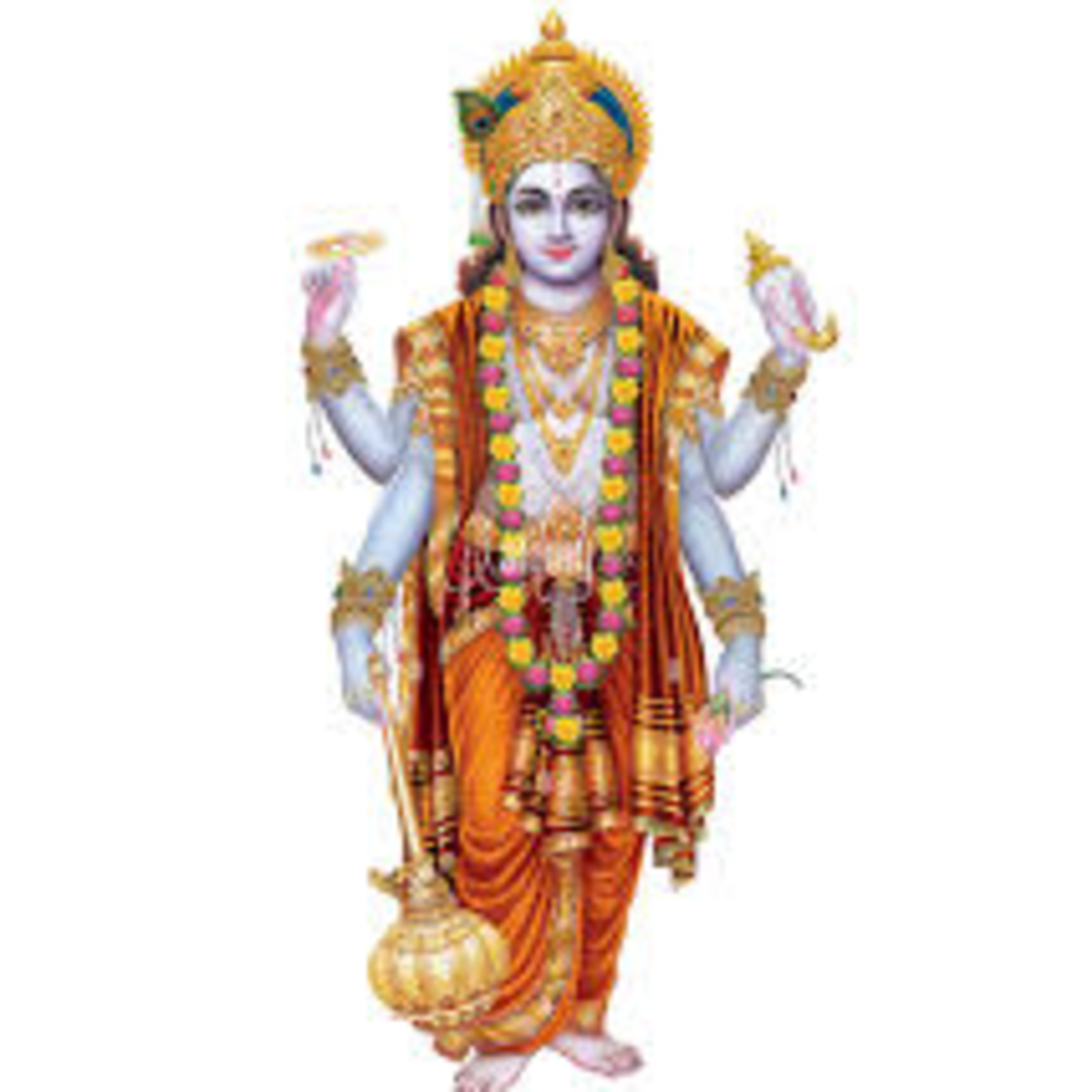
Dashakam 090 Greatness of Lord Vishnu
Narayaneeyam richly details the greatness of Lord Vishnu through its devotional verses, especially emphasizing His supreme and all-encompassing nature as the source and sustainer of the universe. It …
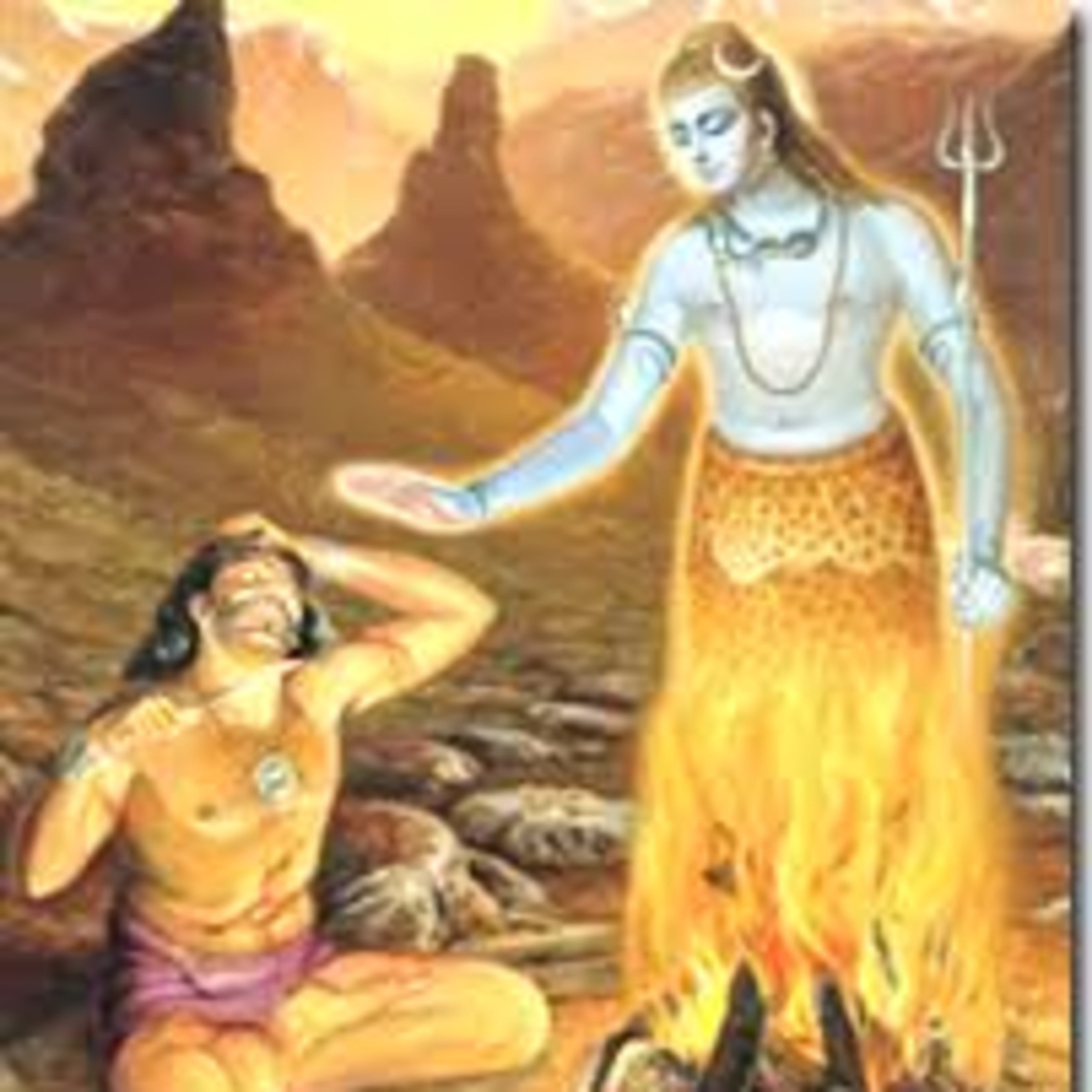
Dashakam 089 Vrukasura and Testing by Bhrugu
The story of Krishna and Vrukasura is referenced in Narayaneeyam, though the detailed episode is less prominently highlighted compared to other demons. Vrukasura was a demon who caused havoc and terr…
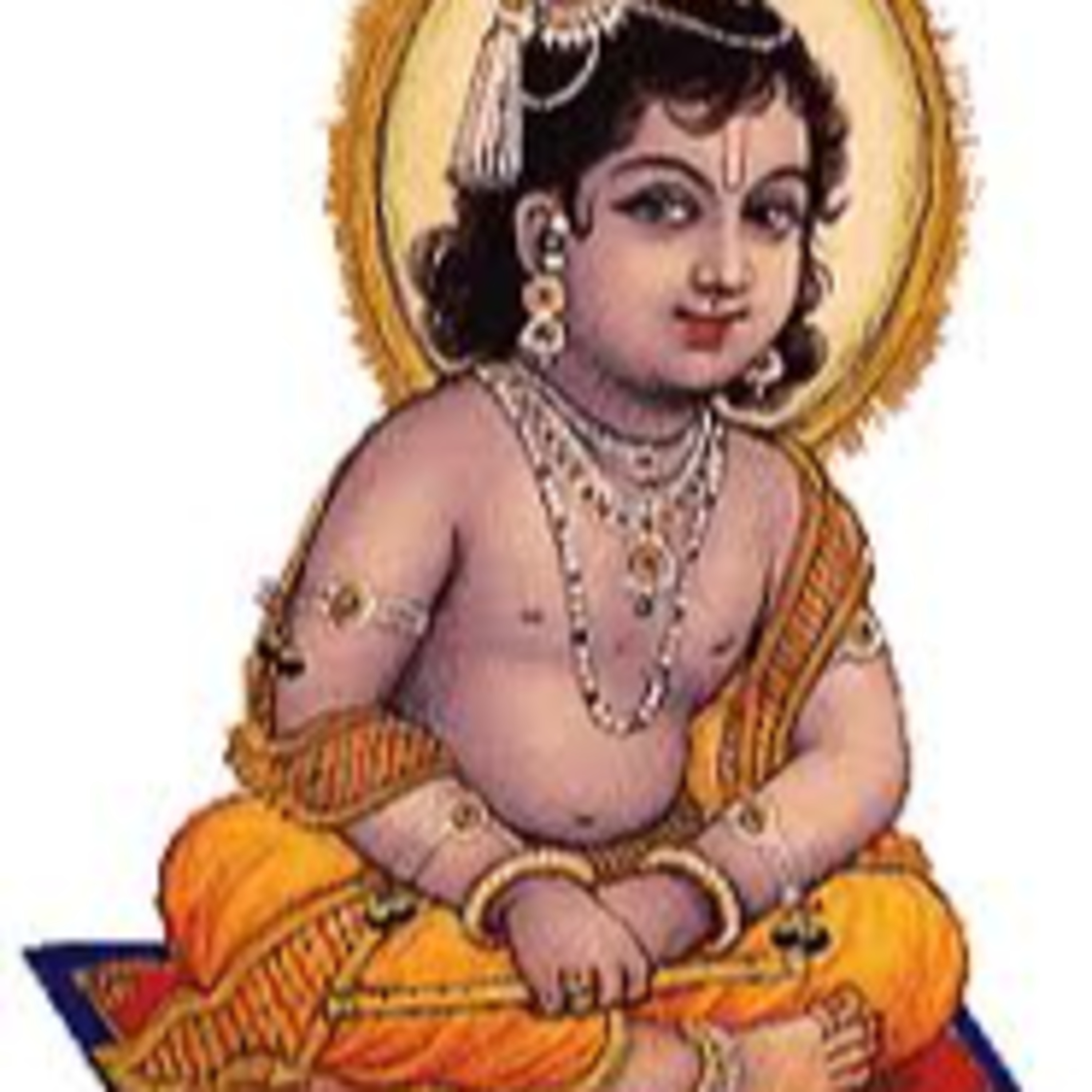
Dashakam 088 Santhana Gopalan
Santana Gopalan, featured in Dasakam 88 of Narayaneeyam, refers to a heartfelt episode involving the sorrow of a Brahmin couple who repeatedly lost their children shortly after birth. This poignant s…
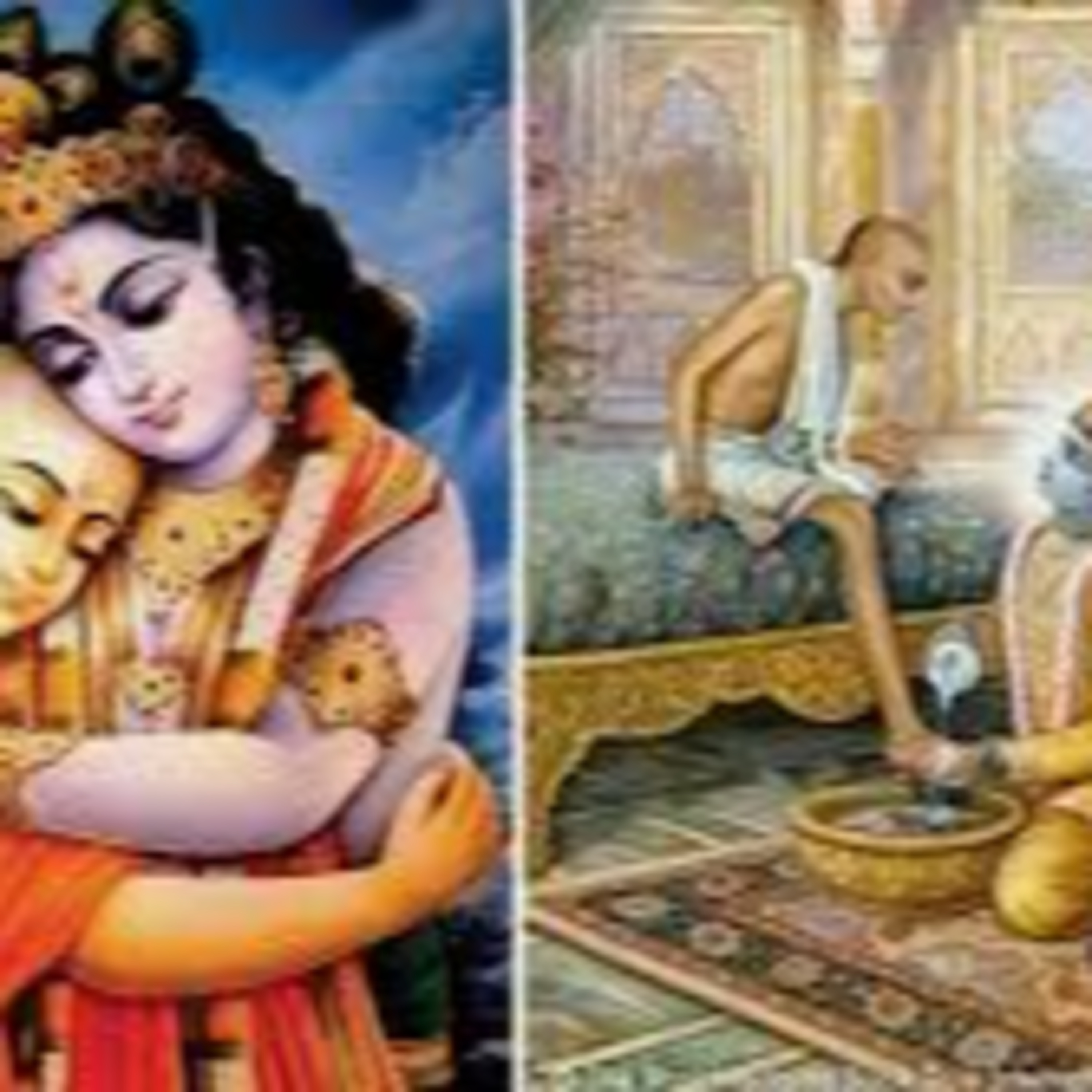
Dashakam 087 Story of Kuchela
The story of Krishna and Kuchela (also known as Sudama) is narrated beautifully in Dasakam 87 of Narayaneeyam. Kuchela was a poor Brahmin and childhood friend of Krishna who studied with him under th…
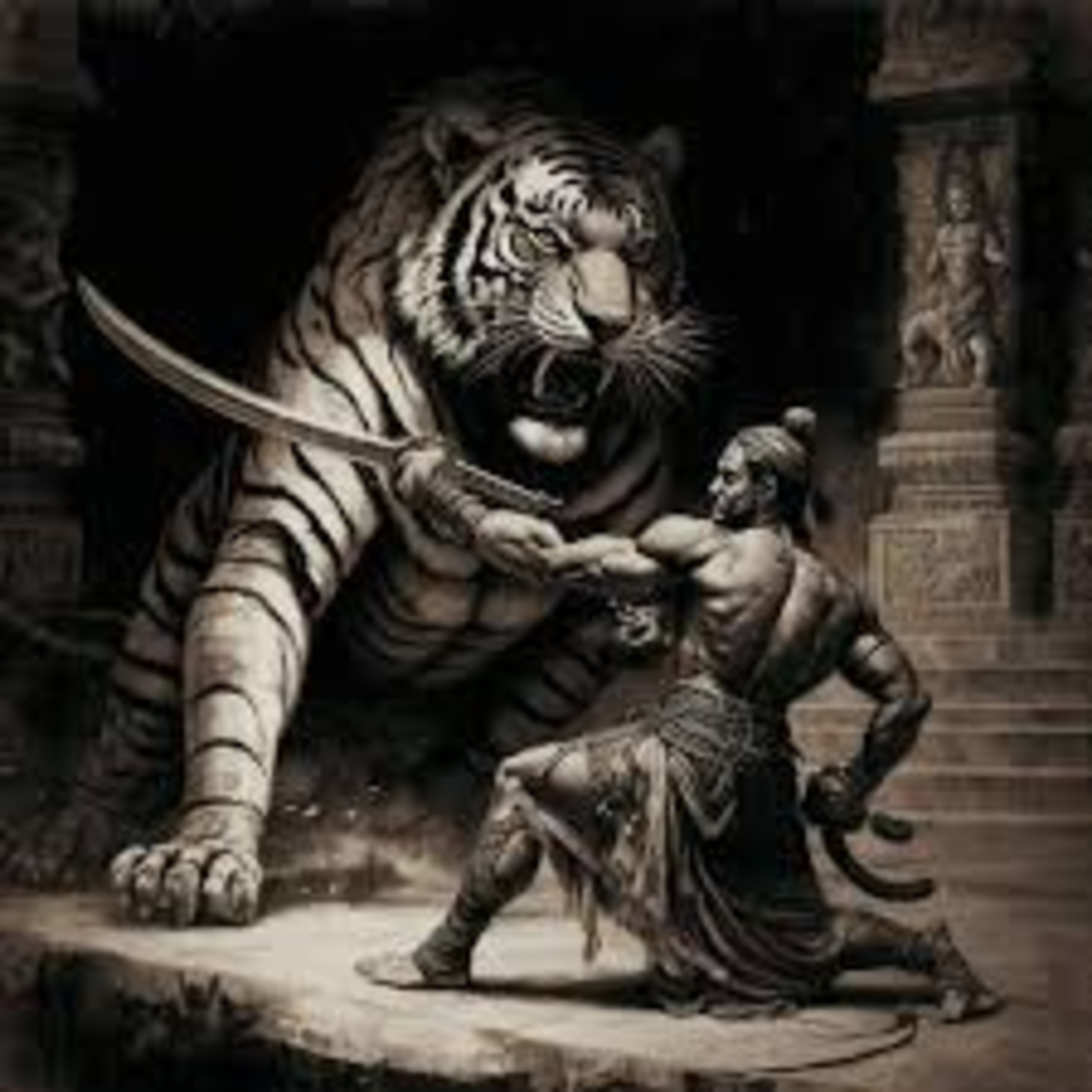
Dashakam 086 The Killing of Sala & Others; And the Mahabharata War
In Narayaneeyam, the story of the killing of Sala and others is found in Dasakam 86. Sala was a king who had obtained magical powers through severe penance and was an enemy to Lord Krishna and the Ya…

Dashakam 085 Jarasandha & Sishupala vadam
In Narayaneeyam, specifically in Dasakam 85, the story of Shishupala is vividly narrated. During the Rajasuya Yagna conducted by Yudhishthira, it was decided on the advice of Sahadeva that Lord Krish…
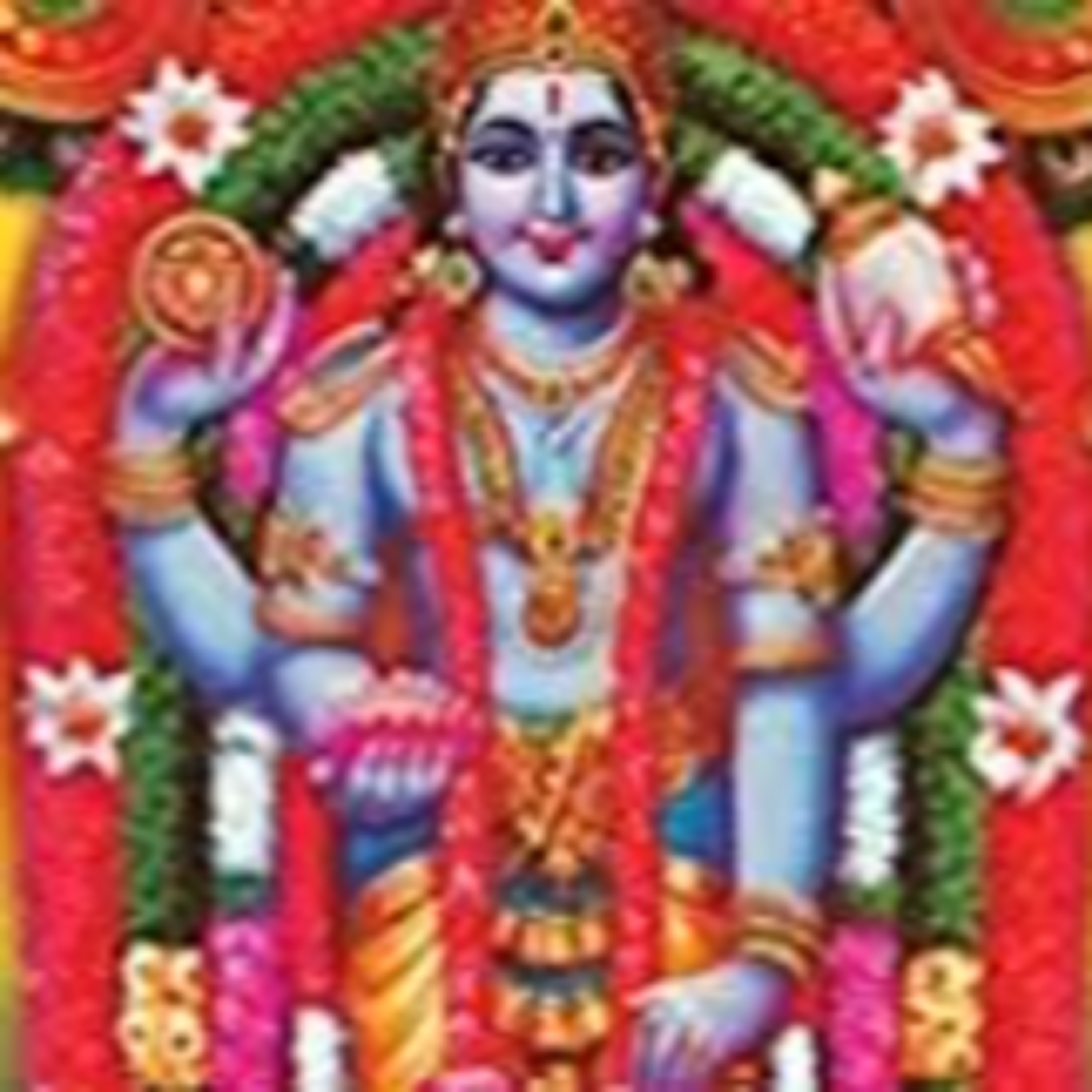
Dashakam 084 Story of Samanthakapanchaka
The story of Samanthakapanchaka in Narayaneeyam is elaborately described in Dasakam 84. It describes a sacred place called Samanthakapanchaka, a pilgrimage spot where Lord Krishna went along with the…
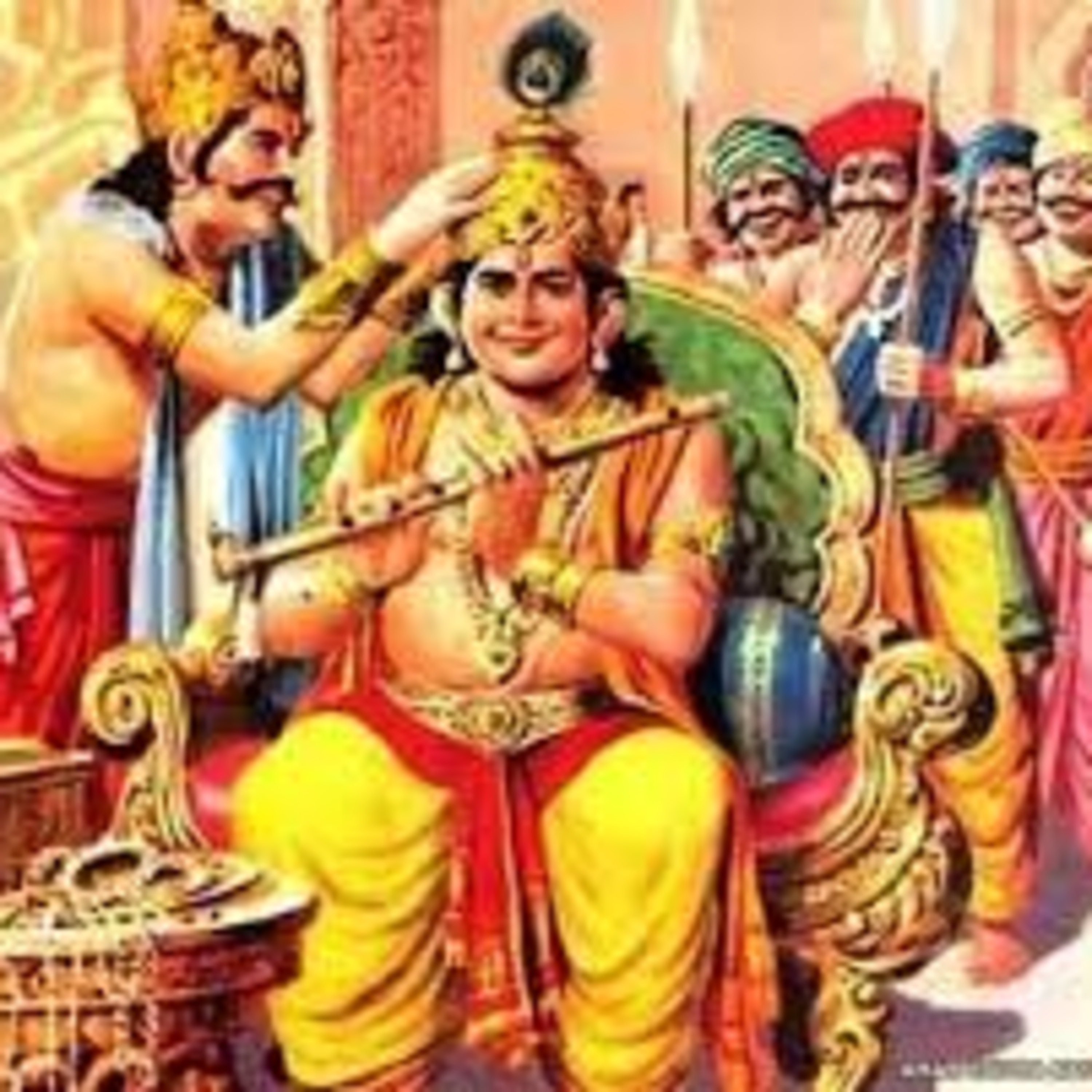
Dashakam 083 Poundarika Vadam
Poundrika Vadam, also called Paundraka Vadh, is described in Narayaneeyam Dasakam 83. In this section, Paundraka was a king who foolishly considered himself as Vasudeva (Krishna) due to flattery by h…
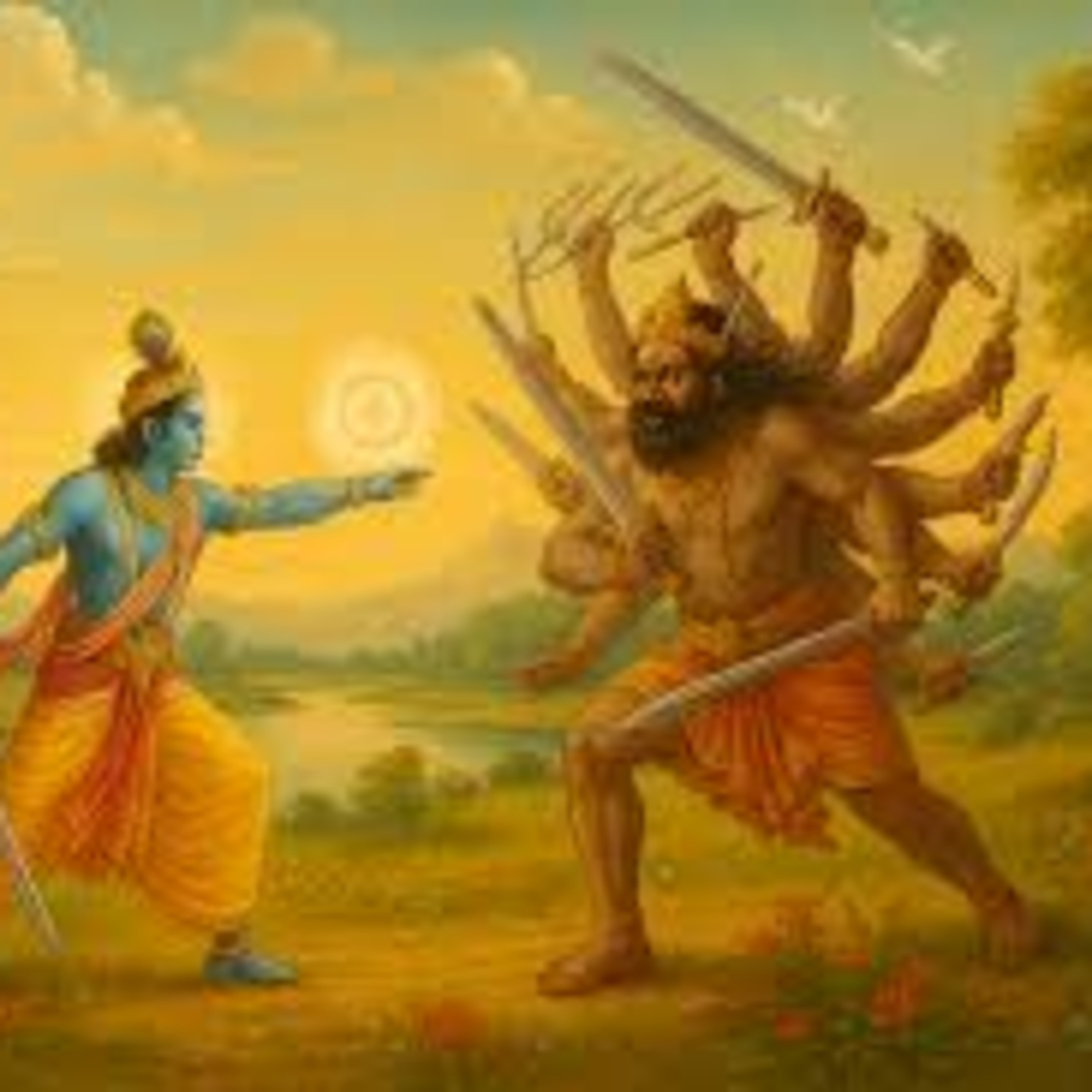
Dashakam 082 War with Banasura and Salvation of Nruga
The war with Banasura is vividly described in Dasakam 82 of the Narayaneeyam. Banasura, the thousand-armed demon and a great devotee of Lord Shiva, is the son of Mahabali. His daughter Usha falls in …
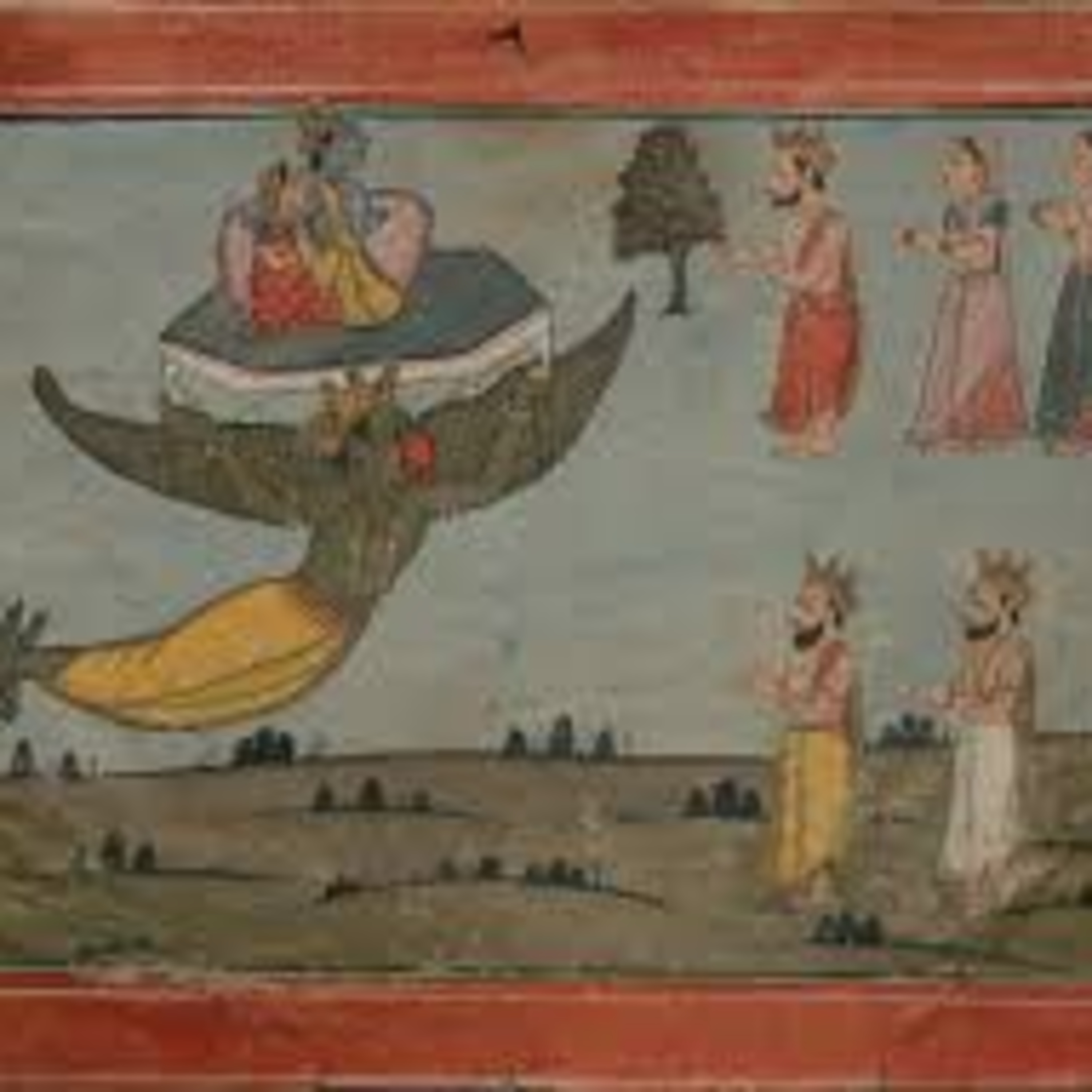
Dashakam 081 Marriage with Kalindhi and stealing of Parijatha
Dashakam 81 of Narayaneeyam is significant as it describes several important events in the life of Lord Krishna, focusing on his marriages, heroic deeds, and divine interventions. In this Dashakam, K…